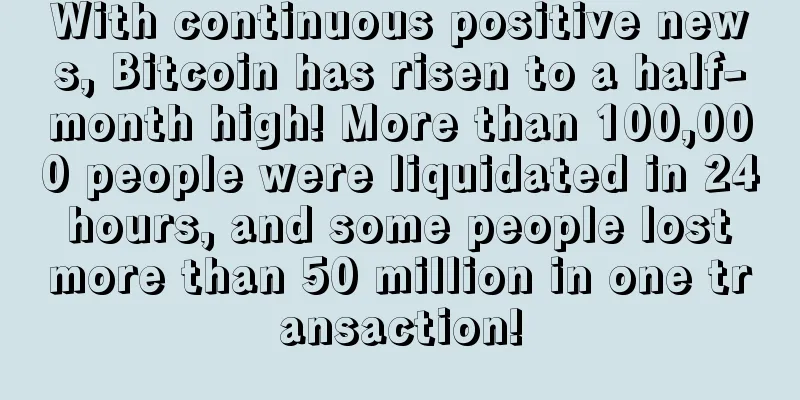Blockchain can improve central bank helicopter money policies

|
A large number of investment banks have shown interest in blockchain, the technology underlying cryptocurrencies such as Bitcoin. Blockchain is also a ledger that can track transactions without relying on intermediaries such as banks, which is why the financial industry is excited. But in HSBC's view, interest in blockchain may not only involve investment banks, but may even extend to central banks responsible for national currencies. In the UK and the US, for example, the Federal Reserve and the Bank of England have focused on maintaining economic growth and controlling inflation at a relatively low and stable level. According to a report released by HSBC, central banks could use blockchain technology for a policy that is even more unconventional than quantitative easing. It could apparently make it easier for central banks to deliver “helicopter money” to households. This might sound like bad news to some cryptocurrency fans, who believe that blockchain is great because it can facilitate currencies and transactions without relying on central banks. HSBC's basic view is that so far, central banks have tried to ease economic problems by raising interest rates, which gives banks and borrowers control over policy. Central banks encourage the creation of private credit, or inside money, backed by debt. There are a few problems with this. First, you can't guarantee how much money will be available to the real economy. That's ultimately determined by the banks. Second, the creation of debt is a problem, too much of it will slow growth, especially if it's created for risky projects that don't pay off. But helicopter money would be outside money: money injected directly from the central bank, rather than representing debt elsewhere in the private sector. Nobel Prize-winning economist Milton Friedman proposed the idea of helicopter money decades ago, meaning that the central bank could stimulate directly, without having to go through the personal credit system at all. HSBC pointed out the trust problem of the "helicopter money" model: In short, people will undoubtedly doubt the ability of the central bank and how much it can help the economy with its actual needs. If it is too much, "helicopter money" may cause crazy inflation. Here’s how HSBC sees blockchain helping with this problem:
In short, blockchain can give governments a better understanding of what is actually happening in the economy. The report also has two pictures, the first of which shows the current methods used by central banks to influence interest rates: You can see that the central bank doesn’t actually send money directly into the economy, but uses banks as intermediaries. In the figure below, the combination of blockchain and "helicopter money" is very direct. Original article: http://www.businessinsider.com/hsbc-says-the-blockchain-could-be-used-for-radical-central-bank-helicopter-money-policies-2015-11 |
<<: Ukraine's largest commercial bank helps integrate Bitcoin payments
Recommend
Is it good for women with low nose bridge to have good fortune? No big fortune, but continuous small fortune!
What does a woman with a low nose look like? If a...
Ethereum Gas average price drops to new low this year
According to BlockBeats, on June 3, according to ...
Bitcoin issues a life-threatening question, and exchanges, miners, and DeFi are forced to hand in their papers
Text | Huang Xuejiao, Qin Xiaofeng, Wang Ye Edito...
How to distinguish between a false and a true broken palm
The so-called broken palm is when the wisdom line...
The development history of Ethereum MEV Dark Forest: from Gas War to PBS
Domothy and I co-authored this article. PBS is st...
What kind of man is reliable?
Every woman hopes that her man is loyal and relia...
Is it okay for a girl to have a mole on her chest?
You should know that there are great differences ...
Teach you how to tell academic qualifications from facial features
A person's academic qualifications are the co...
The meaning of moles on the left toe
Traditional physiognomy covers a wide range, among...
Men's physiognomy reveals how to read men's face analysis
In fact, physiognomy also has differences between...
The market is unstable in the short term, so avoiding risks is the best strategy
Author | Hashipi Analysis Team...
What does it mean when the career line is not obvious?
Each of us has a variety of lines in our hands; T...
Judging from your face, will you support a man?
Judging from your face, will you support a man? I...
What kind of face can make people rich?
People have different attitudes towards money, bu...
Are there many people with Buddha eyes? What is the palm reading of Buddha eyes like?
The characteristics of palmistry will affect us i...









